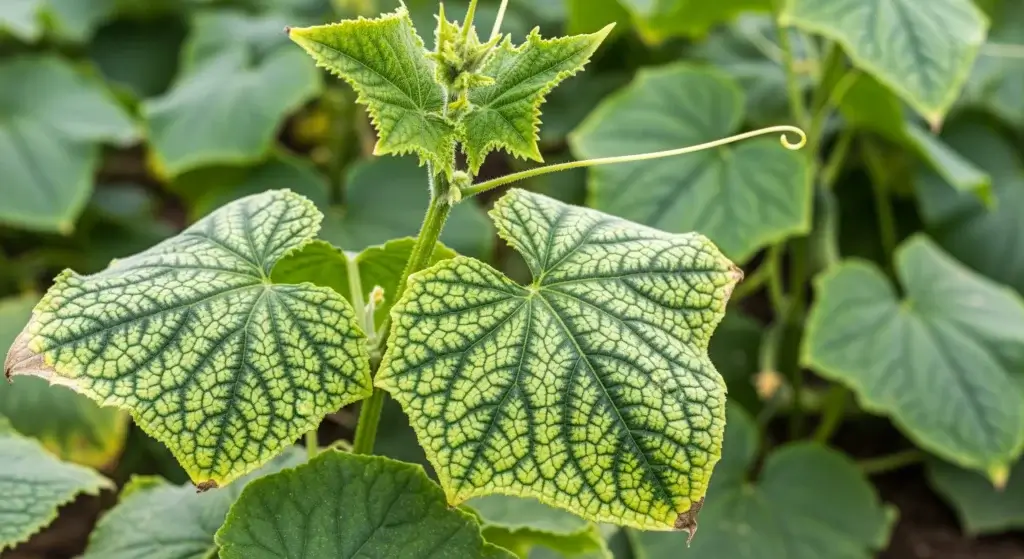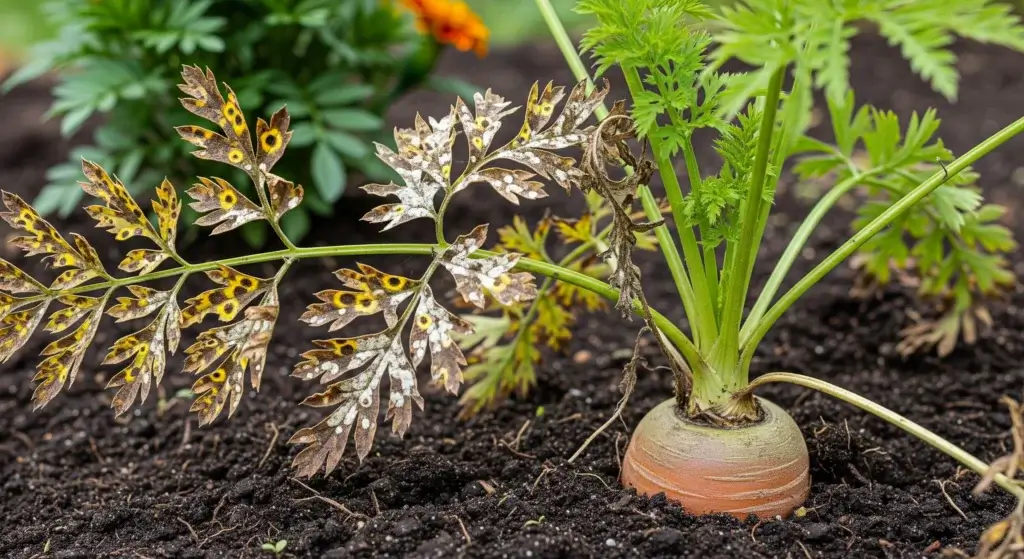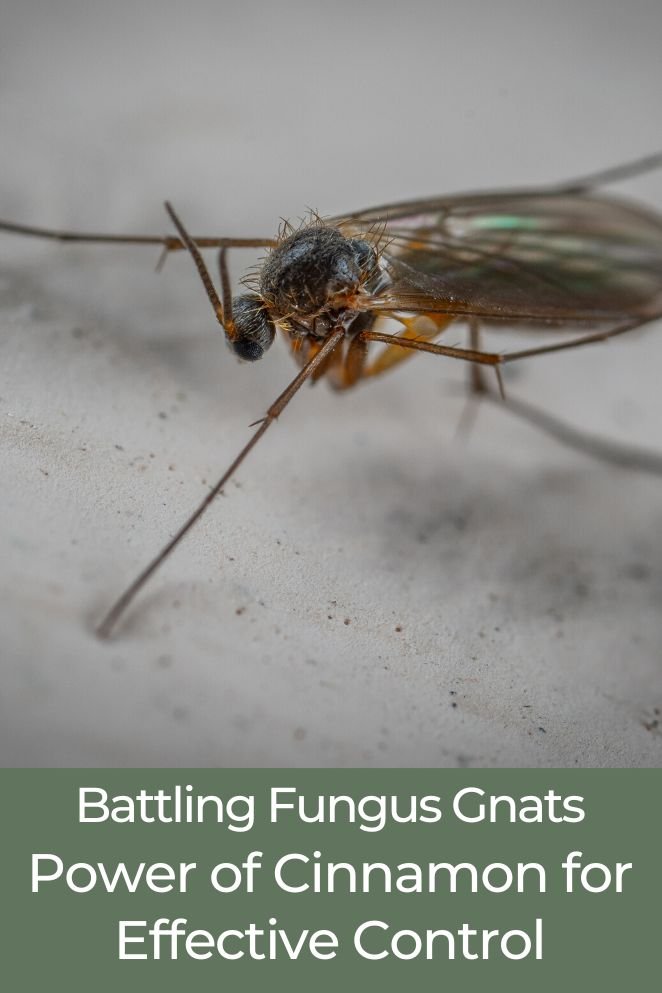
Fungus gnats are tiny flying insects that can be a nuisance to indoor plants.
They are attracted to moist soil and humid conditions, making potted plants a prime target.
These pests lay their eggs in the soil, where they hatch into larvae and feed on fungi in the soil.
While there are many chemical solutions available to control fungus gnats, natural remedies like cinnamon can be just as effective.
In this article, we will explore how cinnamon can be used to control fungus gnats and its benefits.
What Are Fungus Gnats?
Fungus gnats are tiny, dark-colored flies commonly observed in the vicinity of indoor plants.
They have a particular affinity for damp soil and thrive in humid conditions, making potted plants a preferred habitat.
The life cycle of fungus gnats begins with the laying of eggs in the soil, where they eventually hatch into larvae. These larvae feed on fungi present in the soil, posing a threat to plant roots.
The damage inflicted by these larvae can result in stunted plant growth and, in severe cases, lead to the demise of the affected plant.
- Read also: Understanding and Preventing Grasshopper Plant Damage
- Read also: Stink Bug Plant Damage and How to Protect Your Garden
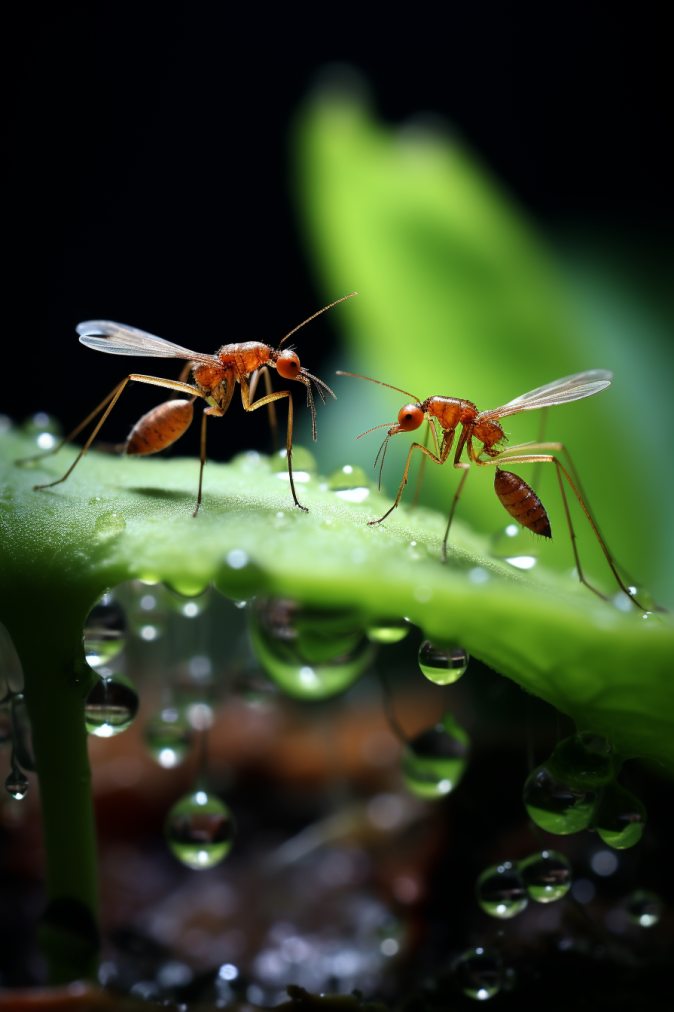
What Damage Do Fungus Gnats Cause?
The larvae of fungus gnats pose a risk to plants by damaging their roots, resulting in stunted growth and potential plant death.
Additionally, these larvae can serve as carriers of plant diseases, further jeopardizing the overall health of your plants.
It’s crucial to address fungus gnat infestations promptly to safeguard the well-being of your plants.
How to Use Cinnamon to Control Fungus Gnats
Cinnamon is a natural fungicide that can be used to control fungus gnats.
It works by killing the fungus spores in the soil on which gnats feed, making the soil unfit to live in.
To use cinnamon to control fungus gnats, follow these steps:
Regular watering
Begin by watering your plants as you normally would.
This ensures that the soil is moist, creating an environment where cinnamon can adhere effectively.
Cinnamon application
Sprinkle ground cinnamon generously across the entire surface of the soil.
Pay close attention to cover the areas where fungus gnats are most likely to lay their eggs.
Cinnamon works by disrupting the life cycle of fungus gnats, particularly targeting the fungus spores in the soil that serve as their primary food source.
Consistent application
To maximize the effectiveness of cinnamon as a control measure, it’s essential to repeat the application every few days.
This consistency disrupts the gnat life cycle and gradually makes the soil inhospitable for them.
Monitoring and adjustments
Keep a close eye on your plants for any signs of fungus gnat activity.
If the infestation persists, consider increasing the frequency of cinnamon applications.
Adjust the amount of cinnamon based on the severity of the issue.
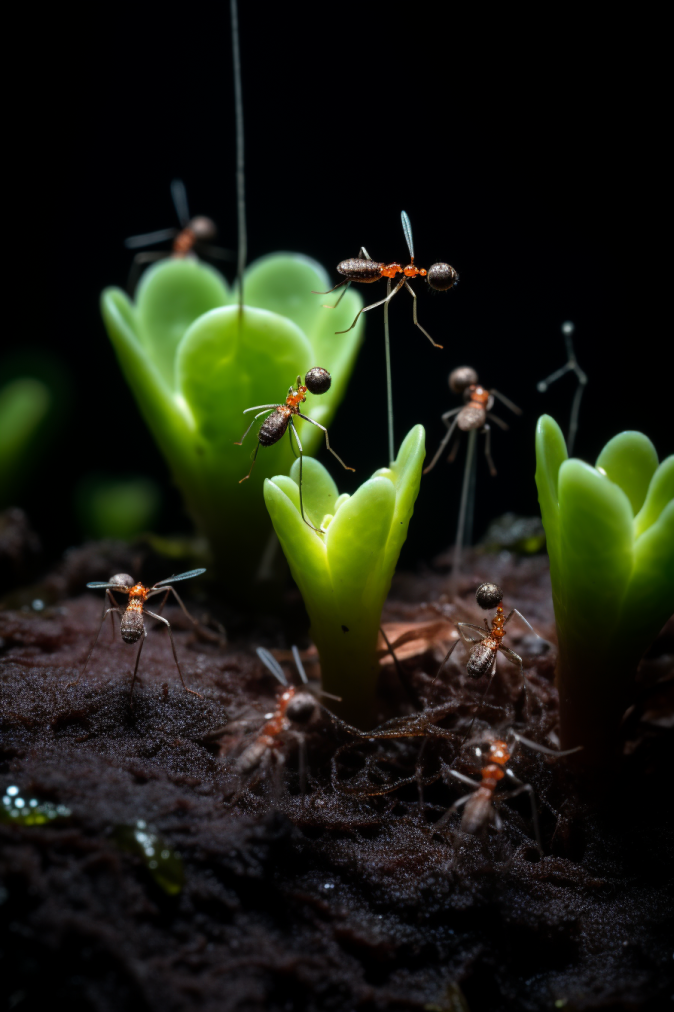
What Are the Benefits of Cinnamon to Control Fungus Gnats?
Cinnamon offers several advantages as a natural remedy for controlling fungus gnats, making it a safe and effective choice for plant care.
Here are the key benefits:
Natural and safe
Cinnamon is a natural substance, making it a safe alternative for controlling fungus gnats.
Unlike chemical solutions, it poses no harm to the environment, your plants, or yourself.
Effective fungicide
Beyond addressing fungus gnats, cinnamon also acts as an effective fungicide.
This dual functionality helps in preventing unwanted mushroom growth in the soil, contributing to a healthier plant environment.
Environmentally friendly
Choosing cinnamon as a control method aligns with eco-friendly practices.
Its natural composition ensures that it does not introduce harmful substances into the environment, making it a sustainable solution.
Readily available and inexpensive
Cinnamon is easily accessible, typically found in most households, or readily available at grocery stores.
Its affordability makes it a cost-effective option for managing fungus gnats without breaking the bank.
User-friendly application
The application of cinnamon is user-friendly and straightforward.
It can be easily sprinkled over the soil surface, making it accessible for both novice and experienced gardeners.
Non-toxic to plants
Cinnamon’s non-toxic nature ensures that it does not negatively impact the health of your plants.
It serves as a protective measure against pests while promoting the well-being of your green companions.
Minimal environmental impact
Using cinnamon for fungus gnat control minimizes environmental impact.
It’s natural properties and decomposition process contribute to a sustainable and ecologically sound gardening approach.

How Long Does It Take for Cinnamon to Kill Fungus Gnats?
The timeframe for cinnamon to eliminate fungus gnats is contingent on the extent of the infestation.
Typically, it takes a few days to a week for the cinnamon to showcase its effectiveness.
Consistency is key in this process, necessitating the repetition of the application every few days until the fungus gnats are successfully eradicated.
Monitoring the progress and adjusting the frequency as needed ensures a comprehensive approach to resolving the issue and maintaining a gnat-free environment for your plants.
- Read also: Understanding Thrips and Plant Damage
- Read also: A Guide to Whitefly Control on Vegetables
Conclusion
Fungus gnats can be a nuisance to indoor plants, but natural remedies like cinnamon can be just as effective as chemical solutions.
Cinnamon is a natural fungicide that can be used to control fungus gnats.
It works by killing the fungus spores in the soil on which gnats feed, making the soil unfit to live in.
Cinnamon is a safe and effective way to control fungus gnats, and it is readily available and inexpensive.
FAQs
Fungus gnats are small, dark-colored flies that are often found around indoor plants. They are attracted to moist soil and humid conditions, making potted plants a prime target.
Cinnamon is a natural fungicide that kills the fungus spores in the soil on which gnats feed, making the soil unfit to live. Sprinkling ground cinnamon all over the surface of the soil can help control fungus gnats.
Yes, cinnamon is safe for plants. It is a natural and safe way to control fungus gnats and does not harm the environment or your plants.
The time it takes for cinnamon to kill fungus gnats can vary depending on the severity of the infestation. In most cases, it takes a few days to a week for cinnamon to take effect.

